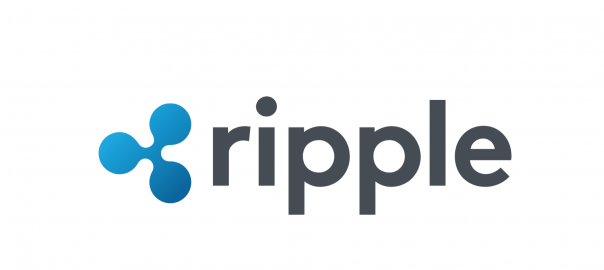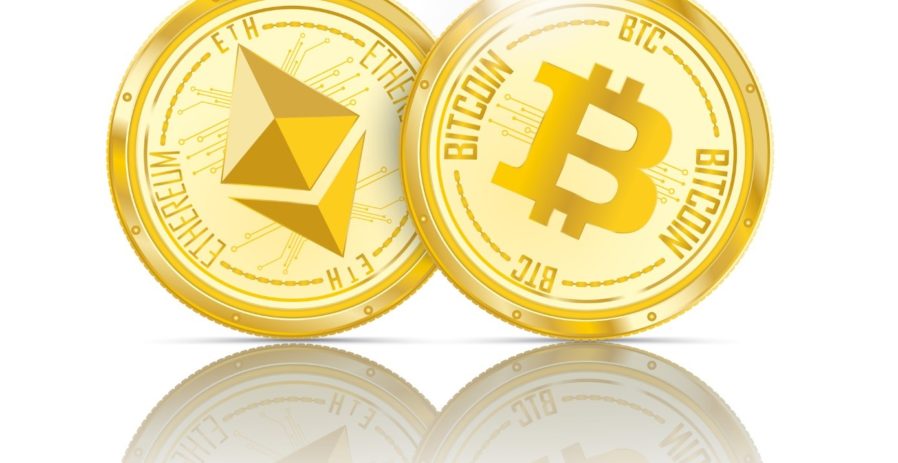While many cryptocurrencies aim to decentralize the banking system, one currency stands alone in their attempts to collaborate with banks: Ripple.
In our past two articles, we’ve spotlighted the top 10 cryptocurrencies to look out for in 2018 and the top trends to know about to invest wisely in cryptocurrency in 2018. Both articles had one common topic: Ripple.
While Bitcoin was created to decentralize the financial industry, Ripple is the only digital asset actively working with banks to improve rather than undermine their operations. Ripple boasts the ability to process on average over 1,500 transactions per second, making it the fastest cryptocurrency on the market. Ripple has teamed up with Western Union, Santander, American Express, and more to test the fastest cross-border transaction network available.
The process of making cross-border payments is unnecessarily tedious. In the internet era, the only reason why a currency transfer should take a week to process is because of outdated procedures. Ripple attempts to create the currency exchange for the digital age. While traditional international transfers require two banks, two reserve banks, two correspondents, and up to a week to process, Ripple offers a transfer method that reduces the time and costs of traditional methods while also offering less failure points and higher security.
Check out Team KoinOK’s Medium post for a smooth summary of how Ripple changes the traditional transfer process.
The other major difference between Ripple and Bitcoin lies in their ledgers. While Bitcoin has a completely decentralized ledger enabled by proof-of-work, Ripple is owned by a private company. Ripple’s internal ledger does not use proof-of-work, but rather a consensus protocol with an amendment system that enacts all amendments that receive 80% support from developers over the course of two weeks. Ripple’s ledger is internal and therefore centralized.
Ripple consists of two components: the digital currency (XRP) and an open payment network that facilitates the transactions. Ripple markets the payment network toward banks as a way of enacting real-time settlements. Ripple is designed as a currency-agnostic transaction system. In order to avoid a currency exchange, currencies are converted into XRP and then sent to the recipient. Unlike Litecoin, XRP are not intended in the long run to be used by consumers to purchase products, but instead to be a middle-man currency that enables instant transactions. XRP and the Ripple network are designed to create a currency-agnostic value web designed to do for currency transfer what email did for messaging.
Rather than take our word for it, check out this awesome summary by Ripple CEO Brad Garlinghouse:
WHAT IS THE CONNECTION BETWEEN THE VALUE OF XRP AND THE PAYMENT NETWORK?
The acute investor must ask: if the Ripple payment network is Ripple’s main innovation, then what is the value of XRP? The long-term value of a cryptocurrency will be dictated by the problem that it is solving. If Ethereum becomes the platform for executing smart-contracts for a massive corporation like Amazon, then that ensure it’s existence in the long run, improving its function as a store of value. If Ripple becomes the main transfer network for banks, its existence in the long term will be ensured and the function as a store of value will be greatly enhanced.
BOTTOM LINE
The transparency of the team behind the Ripple network and their vision of the platform instills great confidence in its ability to maintain value as a currency. If Ripple can achieve its goal of creating an internet of value where banks can exchange currency as easily as information, then it will definitely have the staying power to outlast the alt-coins and attain significant value over the coming years.


